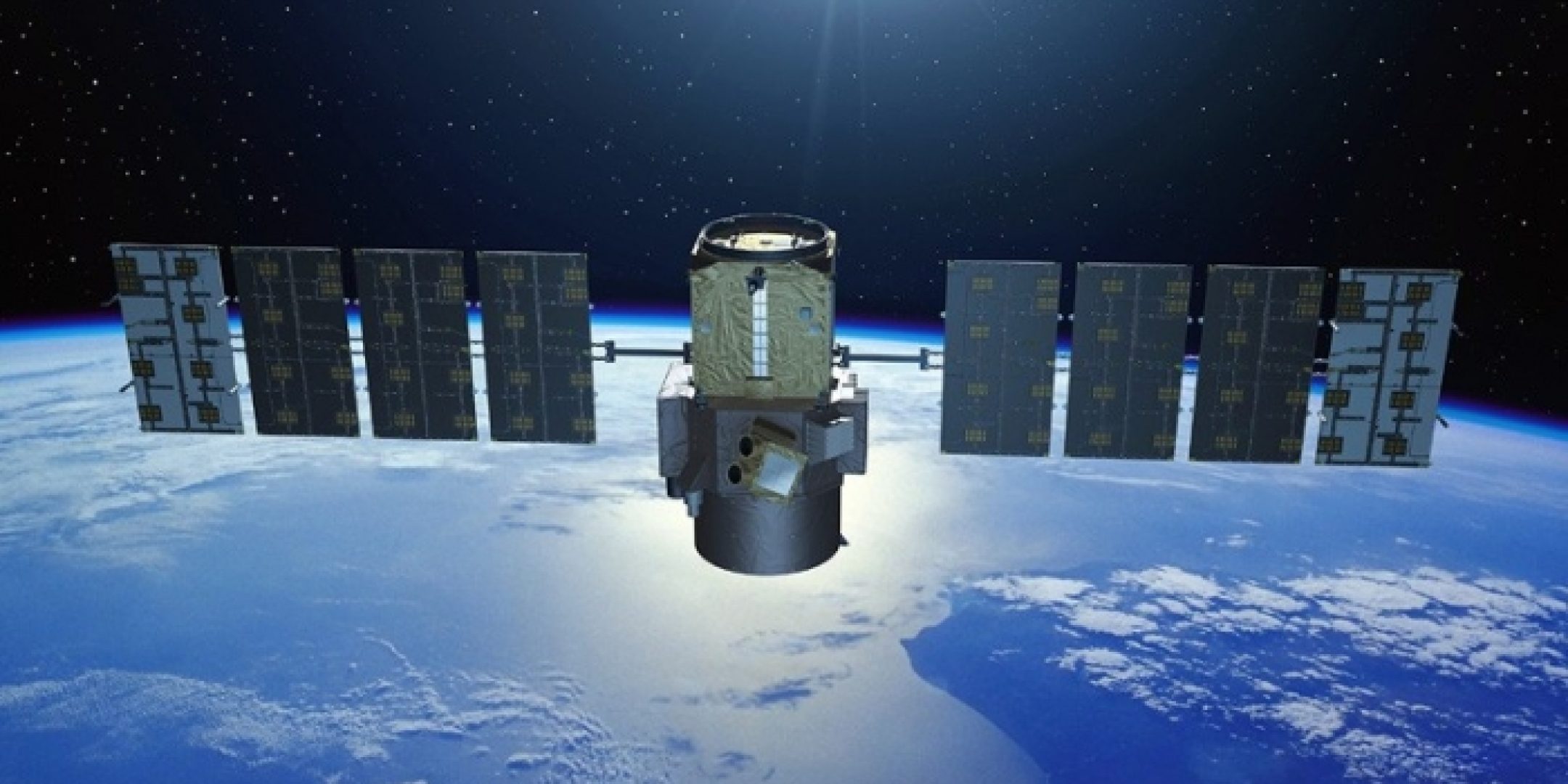Ten years ago to the day, on April 28, 2006, the French-American CALIPSO satellite was sent aloft from Vandenberg Air Force Base, California, atop a Delta II launcher to take its place in the A-Train constellation. With CALIPSO set to celebrate 10 years of science measurements this June, it is time to reflect on a mission that has yielded a wealth of data offering new insights into the workings of Earth’s climate system.
The CALIPSO mission (Cloud Aerosol Lidar and Infrared Pathfinder Satellite Observations), part of a collaboration between NASA and https://fscience-old.originis.fr/wp-content/uploads/2023/06/GLOC_Oslo_Norway_S2_27juillet2022_web-2-1.jpg, is intended to deliver measurements of the vertical profile of Earth’s atmosphere from around the globe. The data collected on the location, altitude and optical properties of clouds and aerosols by the satellite’s instruments—such as the Infrared Imaging Radiometer, France’s contribution to the science payload—have enabled scientists to gain a better understanding of climate mechanisms and the role of clouds and aerosols in climate change.
Results from CALIPSO have been published in more than 1,650 papers in the world’s most prestigious international scientific reviews. This rich harvest of data has been especially beneficial to atmospheric science. In 10 years, CALIPSO has acquired more than 5.7 billion laser remote-sensing measurements to explore the vertical structure of the atmosphere and the properties of clouds and aerosols like dust, marine salt, ash and soot, as well as volcanic aerosols (for example, in 2010 CALIPSO’s lidar was able to directly measure the altitude and extinction coefficient of aerosols from the erupting Eyjafjallajökull volcano in Iceland).
Originally planned to last three years, the CALIPSO mission has been extended several times, largely thanks to the quality of the design and development work undertaken by engineers at https://fscience-old.originis.fr/wp-content/uploads/2023/06/GLOC_Oslo_Norway_S2_27juillet2022_web-2-1.jpg, NASA and contractor Thales Alenia Space.
CALIPSO was launched in tandem with NASA’s CloudSat satellite, both satellites carrying similar instruments that employ the same operating principle. A pulse—of light from CALIPSO’s lidar and a microwave signal from CloudSat’s instrument—is bounced off the different layers of the atmosphere to sense their spectral signatures. The lidar is good at detecting thin clouds and aerosols, whereas the radar microwave instrument is more sensitive to thicker ice clouds. The two satellites are also part of the A-Train constellation of satellites that has produced a three-dimensional picture of Earth’s atmosphere.
https://calipso.cnes.fr/fr/la-mission-calipso-fete-ses-10-ans








